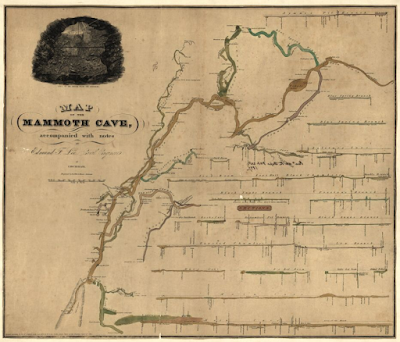This map from the 1911 Government of Formosa Report on the Control of the Aborigines in Formosa shows the location of aboriginal tribes using vivid colors and language.
Japan took control of Formosa (Taiwan) in 1895 as a result of the First Sino-Japanese War. The Japanese were in a state of frequent conflict with the aboriginal people of the mountainous east, referred to as "savages" in the text as well as in the legend of the map. The map also shows "guard lines" - outposts manned by trusted indigenous troops under Japanese authority.
The book details the customs of these people with extensive photographs. There were approximately 100,000 natives living in 671 villages. It also includes two detailed topographic maps of eastern Formosa. Here is part of the northern map - click to see the entire map.
Japan held control of Taiwan up until the end of World War II, its resources and people contibuted greatly (though mostly not willingly) to Japan's rise as a global power.
Japan took control of Formosa (Taiwan) in 1895 as a result of the First Sino-Japanese War. The Japanese were in a state of frequent conflict with the aboriginal people of the mountainous east, referred to as "savages" in the text as well as in the legend of the map. The map also shows "guard lines" - outposts manned by trusted indigenous troops under Japanese authority.
The book details the customs of these people with extensive photographs. There were approximately 100,000 natives living in 671 villages. It also includes two detailed topographic maps of eastern Formosa. Here is part of the northern map - click to see the entire map.
Japan held control of Taiwan up until the end of World War II, its resources and people contibuted greatly (though mostly not willingly) to Japan's rise as a global power.


























